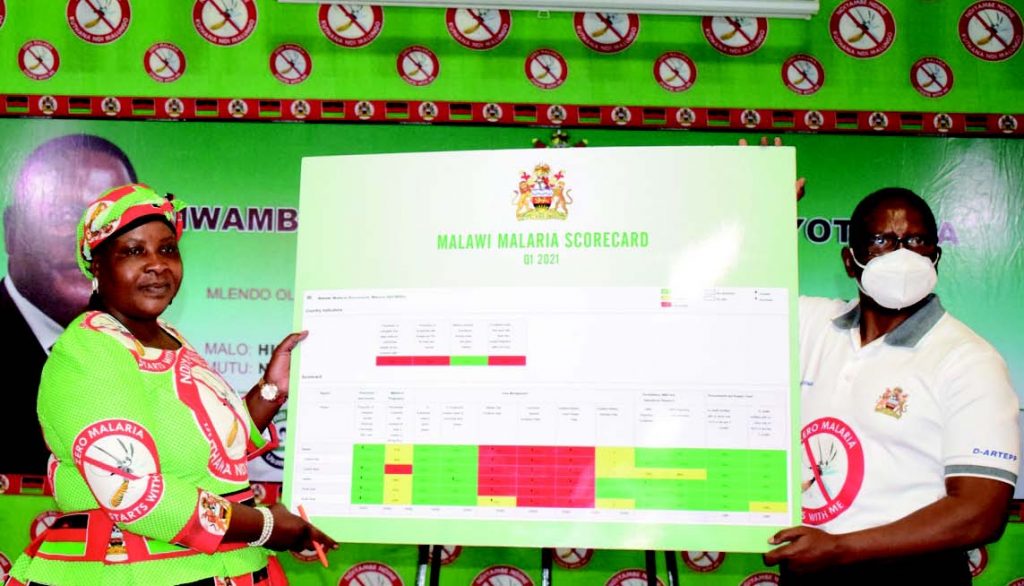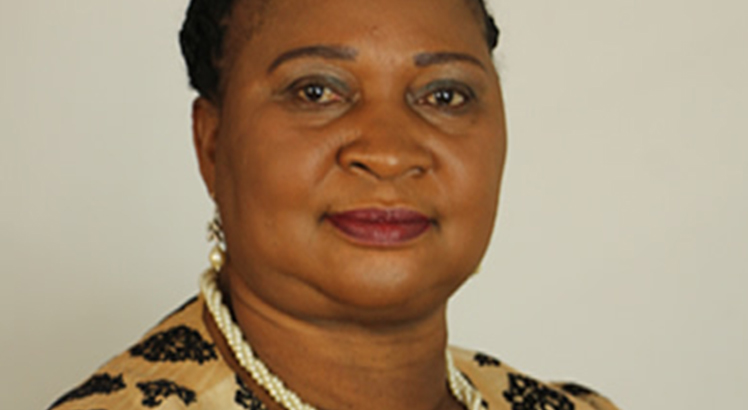‘Malaria kills 6 people daily’
Malaria killed 2 500 Malawians last year alone, translating into six deaths per day while over 6.9 million suffered from the disease in the same period, making it the most prevalent disease in the country.
President Lazarus Chakwera gave the staggering statistics in Liwonde, Machinga yesterday when he launched the Zero Malaria Starts With Me Campaign.

Speaking during the launch, the President described the disease as a threat which costs government a lot of resources, saying it accounts for 36 percent of out-patient cases and 15 percent of all hospital admissions in the country.
Said Chakwera: “Malaria has put pressure on our health facilities and health workers. Once we defeat malaria, our health workers will have 40 percent less work and the money that is allocated to malaria will be used for other development activities.”
He urged Malawians to “wage a war” against the life-threatening but preventable disease, saying through the campaign, government seeks to eliminate the disease by 2030.
“We cannot allow the disease to continue ravaging us. We cannot allow more deaths of pregnant women and children. Equally, we cannot afford losing students. We can save resources if we fight the scourge. Therefore, it is my plea to you all that beginning from now, let’s wage war against malaria,” said the President.
Statistics show that malaria is a leading disease in the country, with an average four million people diagnosed with the infection annually.
However, Malawi witnessed a surge in malaria infections between 2019 and 2020, with about 6.9 million cases registered in 2020, up from 5.2 million cases in 2019, representing about 33 percent increase. During the same period, the number of deaths from the disease increased by at least 200, from about 2 300 in 2019 to about 2 500 in 2020.
In an interview yesterday, National Malaria Control Programme manager Dr. Michael Kayange attributed the increase in registered malaria cases to Covid-19.
He said: “Most people would have malaria but stayed at home and could not go to the hospital because of Covid-19. So, this somehow led to the increase in cases.”
In 2018, the country also registered a high rate of infection at about seven million with at least 3 000 deaths.
However, Kayange said the cases were reduced in 2019 following a massive malaria campaign that government implemented in that year.
He said among other interventions, with support from donors, they distributed new nets which are more effective.
Malawi—which makes up just 0.25 percent of the world’s population, accounts for two percent of the globe’s malaria infections and is among the top 15 countries with a high malaria burden.
Government targets to reduce Malawi infections by 50 percent come next year, which appears a tall order given that the Covid-19 situation has not really changed, but Kayange said with donor support, they intend to scale up distribution of new nets.
He said: “There is funding from donors which will allow us to reach out to the whole population [and] districts, which have high infection rates, namely Nkhata Bay, Nkhotakota, Balaka and Mangochi, will be targeted with indoor spraying. With what we achieved in 2018, after the mass campaign, we are optimistic that we will reach the target.”
Speaking during the launch yesterday, USA President’s Malaria Initiative country team leader Monica Bautista said malaria has serious consequences not just on the country’s citizens, but the economy as well.
She said: “A lot of women and children have been killed by malaria in sub-Saharan Africa. There is need for strong universal commitment on coverage of malaria to stop it from killing more people.”
By launching efforts to eliminate malaria in Malawi by 2030, government could help save 28 percent of income that every poor household spends annually on treatment of the disease. Very low income households—with an average annual income of $68—spend roughly $20 as direct expenditure on treatment of malaria illness in household members, which represents 28 percent of their annual income for very low income households and $19.84 per year (two percent of annual income) among low to high income households.
The indirect cost of malaria, calculated on the basis of days of work lost, was $2.13 per year (3.1 percent of annual income) among very low income households and $20.61 per year (2.2 percent of annual income) among low to high income households.
This shows that very low income households carried a disproportionate share of the economic burden of malaria, with total direct and indirect cost of malaria among these households consuming 32 percent of annual household income compared to 4.2 percent among households in the low to high income categories.
Besides malaria, other leading killer diseases in Malawi are pneumonia and bacterial infections, according to Ministry of Health spokesperson Adrian Chikumbe.
Minister of Health Khumbize Chiponda said despite the country being affected by Covid-19, her ministry was still fighting to reduce other diseases so that Malawians should remain healthy.
The Zero Malaria Starts with Me Campaign is a government initiative that has been launched after Chakwera promised to introduce it in his maiden State of the Nation Address 10 months ago in Parliament after observing high incidence of malaria cases and deaths in the country.
It is supported by the Global Fund, US President’s Malaria Initiative and World Vision.





